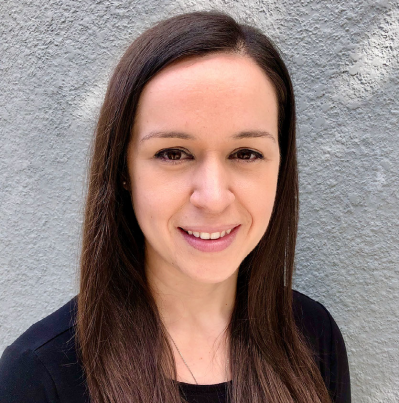Why Do We Do This? - Describing
March 25, 2022
I’m going to give you three clues to guess what I am thinking about: It’s round. It can be found in backyards or at indoor fun parks. You can jump really high on it. If you guessed trampoline, you were able to use the power of description to deduce what I was thinking. Just like most aspects of language, the ability to describe words is related to other skills like synonyms, vocabulary, and abstract thinking, among others. When we work on improving the ability to describe words and concepts, we are simultaneously strengthening other language skills as well. \ As speech-language pathologists, our ultimate goal is to help our students become autonomous communicators through whichever means is/are most comfortable for them. We strive to help our students build rich vocabularies that enable them to not only make known their wants and needs but also to be able to express any thoughts they may wish to share with precision. A wonderful way to help our students grow their verbal and written lexicons is by doing activities that involve describing.
The act of describing requires students to keep a specific concept in their minds while considering the many different aspects of it. There are many ways to introduce the concept, depending on what it is. If it’s an object they are describing, it is possible to present students with the actual object, letting them hold it and examine it closely as they talk about it. The SLP could also present the concept in visual form through a photograph, drawing, video, or picture symbol. For older students, simply writing the word down may be enough to elicit the mental image of the concept in order to describe it.
We can also get creative about the way words are selected. We could use the actual Headbandz Game or have students participate in writing words on small papers that can be taped on our foreheads. Another option would be to use the images and scenes from the SLP Toolkit assessments to find concepts to describe. Of course, we can certainly have our students pick objects of particular interest to them, even if they are from the same category (e.g., Minions™, trains, animals, etc.).
Once we have a noun to describe, we can then model for our students how to comment about different aspects of the object. We can choose a specific attribute and from there we can consider similar objects with the same attribute in common. This leads us to a broader category we can name. We can then move on to other attributes to describe using common and uncommon words that the child may or may not know. We can talk about the object’s colors, shapes, functions, sounds, how and where it is made, how much it costs, etc. Any personal experiences we may have had with the object can also turn the activity into an opportunity to share in a narrative style. We can also write down the words as we encourage the generalization of the verbal words to written language. Incorporating multimodal communication in the form of gestures/signs and symbols is also highly recommended to give our students multiple ways to expand upon their ideas. Describing activities are also a great way to explore the rich vocabulary that is included in most AAC devices and applications.
Many of us are familiar with Sara L. Smith’s Expanding Expression Tool© (available for purchase here) which provides a simple and fun way to target describing skills. There are several describing activities on other websites like TeachersPayTeachers and Boom Learning, among others.
The greater the variety of words that we use when we model how to describe objects, the more likely it will be that our students will learn new words they can then use when they describe things either verbally or in written format. A richer vocabulary means our students will be able to describe their thoughts in a more precise way, increasing the probability of being heard and understood in this complex world.
About the Author

Dr. Amanda Blackwell has been living and working full-time in Guatemala for nearly 8 years. She completed a clinical doctorate in speech language pathology and started the official professional association for local Guatemalan speech therapists (SomosTLgt), which has offered more than 150 continuing education hours over the past year to its members to strengthen the understanding and implementation of concepts like EBP and AAC in the country. In January 2020, she began working toward a Doctor of Education degree at Murray State University with the goal of opening a university for allied health professions in Guatemala to improve the quality of services across the country. She currently directs the speech therapy departments at FUNDAL (for individuals with deafblindness and multiple disabilities,www.fundal.org.gt) and the Guatemalan Association of Down Syndrome in Guatemala City and Xela (www.downguatemala.org), provides teletherapy services for public school students in the United States, runs an autism education social project for Spanish speakers called LUNA (@lunautismo in Facebook, Instagram and YouTube), and is part of the ASHA-PAHO ad hoc committee for Ecuador. Amanda serves as an adjunct research fellow working with five doctoral students in the SLPD program at Rocky Mountain University of Health Professions in Provo, Utah and will be teaching in the masters of autism studies and masters of speech-language pathology programs as an adjunct professor at Saint Mary’s College in Notre Dame, Indiana beginning in the summer of 2021. Amanda enthusiastically collaborates with SLP Toolkit as a content creator. She is a life-long learner herself and loves providing dynamic trainings on various topics to school districts and SLPs around the world.



